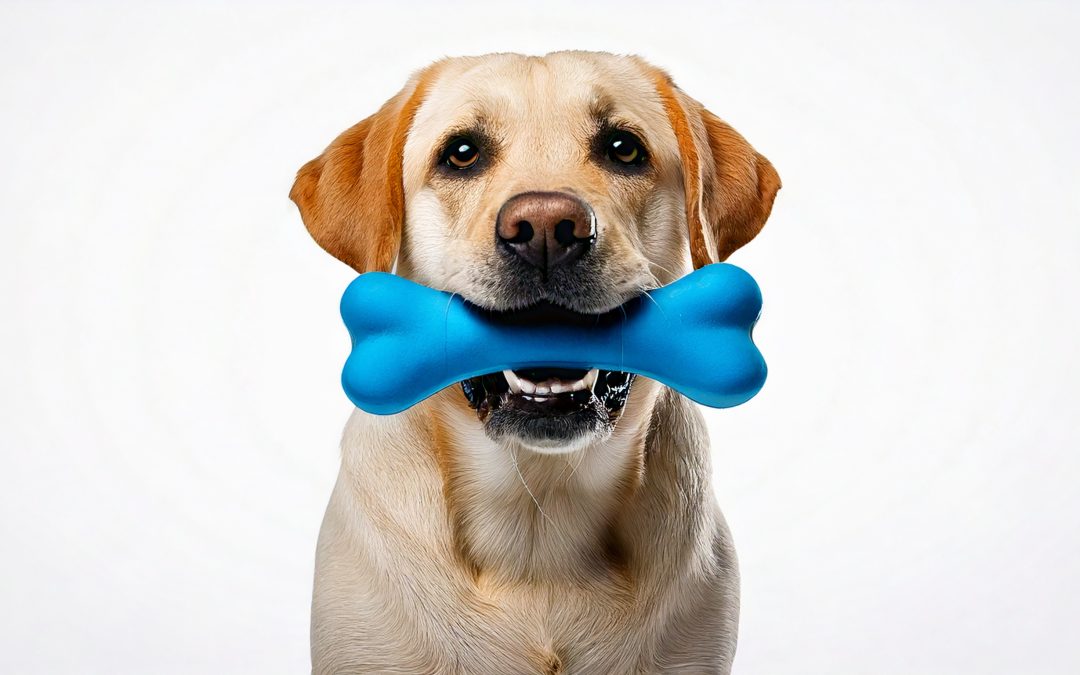3D printing has revolutionized the way pet owners can create customized toys and accessories for their furry companions. While this technology offers exciting possibilities, it’s crucial to ensure that any 3D-printed items are safe for your pets. By considering factors such as material selection, design, and hygiene, you can provide your pets with enjoyable and safe toys.
Material Selection
Choosing the right filament is essential for the safety of 3D-printed pet toys. Commonly used materials include:
PLA (Polylactic Acid): Derived from renewable resources, PLA is generally considered safe and non-toxic. However, it is relatively brittle and may break under pressure, potentially creating sharp fragments that could harm your pet. Therefore, PLA toys are best suited for gentle chewers.
PETG (Polyethylene Terephthalate Glycol): PETG is known for its durability and is often deemed food-safe. However, some concerns exist regarding its safety for pets, as certain formulations may contain additives that are not pet-friendly. Additionally, PETG can have layer lines that harbor bacteria if not properly cleaned.
TPU (Thermoplastic Polyurethane): This flexible filament is more resistant to chewing and less likely to splinter compared to PLA. While TPU is durable, it’s essential to monitor the toy’s condition and replace it if signs of wear appear. Opinions on TPU’s safety vary, so consulting with your veterinarian before use is advisable.
Design Considerations
The design of the toy significantly impacts its safety:
Avoid Small Parts: Ensure the toy doesn’t have detachable or small components that could be swallowed or pose choking hazards.
Smooth Surfaces: Design toys with smooth surfaces to minimize the risk of injury to your pet’s mouth.
Appropriate Size: The toy should be appropriately sized for your pet, preventing accidental ingestion or choking.
Hygiene and Maintenance
Maintaining cleanliness is vital to prevent bacterial growth:
Regular Cleaning: Clean toys frequently to remove dirt and bacteria.
Inspect for Damage: Regularly check for signs of wear, such as cracks or splinters, and replace damaged toys promptly.
Sealing Layer Lines: Consider applying a food-safe sealant to fill in layer lines where bacteria might accumulate.
Supervision and Consultation
Always supervise your pet when introducing a new toy. Monitor their interaction to ensure they are not damaging the toy in a way that could lead to ingestion of harmful pieces. Consulting with your veterinarian can provide additional guidance tailored to your pet’s specific needs and behaviors.
In conclusion, 3D-printed pet toys can be a safe and enjoyable addition to your pet’s playtime when crafted with careful consideration of materials, design, and maintenance. By taking these precautions, you can harness the benefits of 3D printing to create personalized toys that contribute positively to your pet’s well-being.


